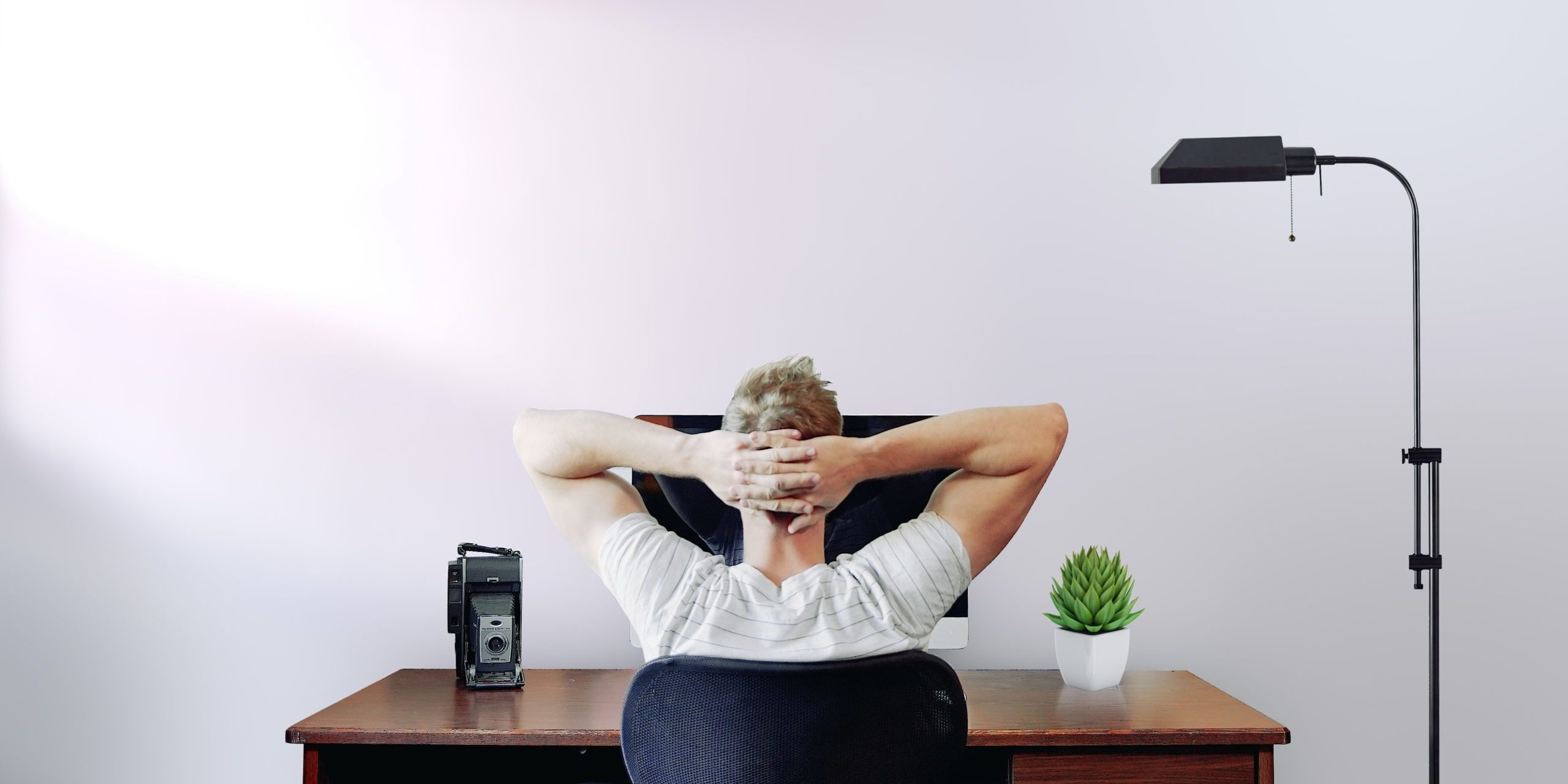 The pandemic continues to wreak havoc on everyone’s lives. Some of us may have gained the “quarantine 15,” some extra, unwanted pounds likely from the stress of self-isolation, lack of exercise and the desire for comfort foods. But have you heard of “pandemic posture?”
The pandemic continues to wreak havoc on everyone’s lives. Some of us may have gained the “quarantine 15,” some extra, unwanted pounds likely from the stress of self-isolation, lack of exercise and the desire for comfort foods. But have you heard of “pandemic posture?”
Nearly 50 percent of Americans working from home report feeling new or increased pain in the neck, shoulders, mid back, lower back, or wrists since starting to work remotely. If you’re part of that 50 percent, you may be suffering from “pandemic posture.”
“Pandemic posture” refers to poor posture from slouching at a desk or on a couch during time at home. Many of the back and neck pain complaints of “pandemic posture” can be attributed to sitting for extended periods of time while working from home or a lack of exercise and activity.
Holding any posture for an extended period, whether it’s standing or sitting, can increase discomfort and cause muscle spasms or fatigue. Slouching or having poor posture can also put increased pressure on certain joints or cause nerve irritation which can be painful. Here are some tips to help reduce your “pandemic posture” pain:
- Exercise and stretch every day to keep your muscles strong and flexible.
- Many people don’t have the same desks or workstations at home that they had in an office setting. Set yourself up for success by using a chair with supportive cushioning. If you need, adjust your computer monitor so it sits at eye level to reduce strain on your neck.
- Check your posture. Make sure you are seated in an upright position with your back straight, and your neck in a neutral position.
- Set a timer to get up from your desk, couch or chair and move around every 20 minutes to stretch. This will stop you from being in one position for too long.
David J BenEliyahu, DC, FICC, DABPM, Administrative Director, Back and Neck Pain Center at Mather Hospital.

